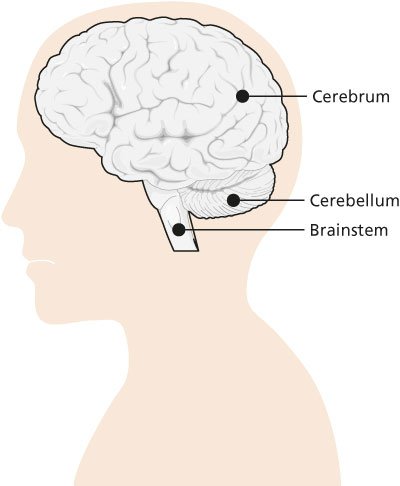Brain stem death, also known as brain death, refers to the irreversible loss of all brain function, including the brain stem, which controls basic life-sustaining functions like breathing and heartbeat. It is important to distinguish it from a coma or a vegetative state, as stem death is irreversible and indicates the end of all brain activity.
Symptoms:
- Complete and irreversible loss of consciousness
- Absence of response to external stimuli
- Absence of spontaneous breathing (apnea)
- Absence of brainstem reflexes, such as pupillary response, oculovestibular reflex, corneal reflex, and gag reflex
Causes:
- Severe traumatic brain injury
- Massive stroke
- Lack of oxygen to the brain (e.g., from drowning, cardiac arrest)
- Brain tumors
- Severe brain infections
- Drug overdose
Prevention:
It is often the result of catastrophic events such as severe trauma or illness, and in many cases, prevention is not feasible. However, measures to prevent traumatic brain injury, such as wearing helmets during activities like biking or skiing, practicing safe driving habits, and avoiding activities with a high risk of head injury, can help reduce the risk of conditions that may lead to brain stem death.
Treatment:
There is no treatment for stem death itself, as it is irreversible. However, patients who are declared brain dead are often kept on life support temporarily to support the functioning of other vital organs if they are potential organ donors. Life support is typically withdrawn after organ donation procedures are completed.
It’s crucial for medical professionals to follow established protocols and guidelines for determining stem death to ensure accuracy and to respect the dignity of the patient and their family during this difficult time. Additionally, supportive care and counseling for the patient’s family are essential components of managing brain stem death cases.

































